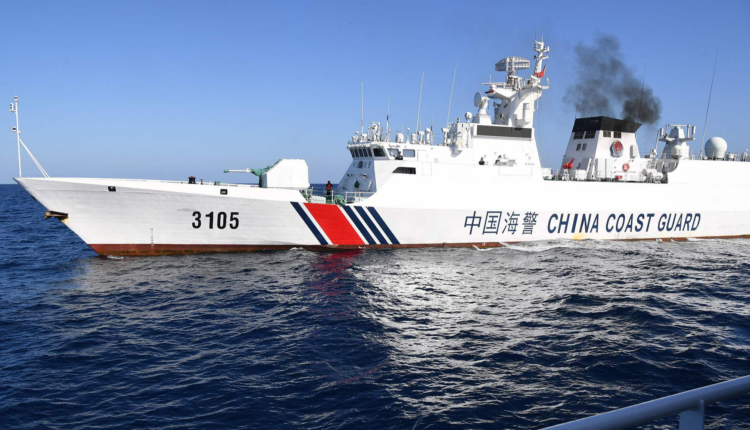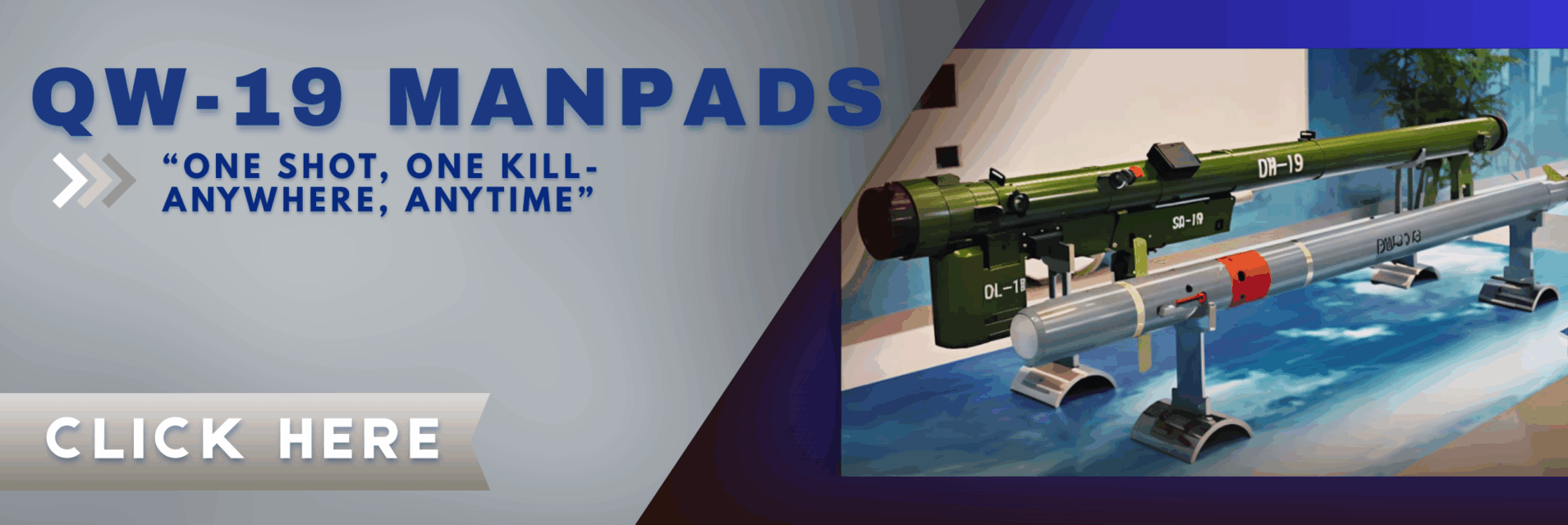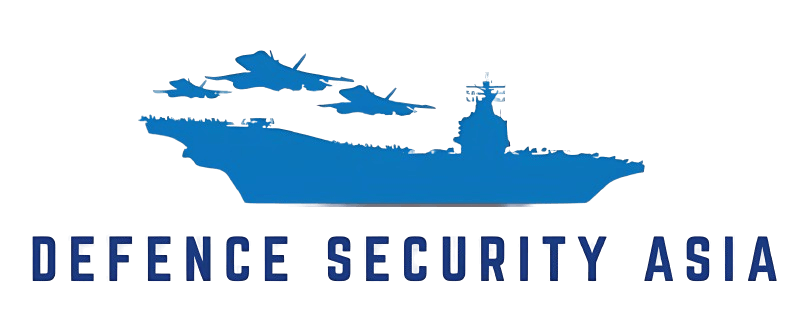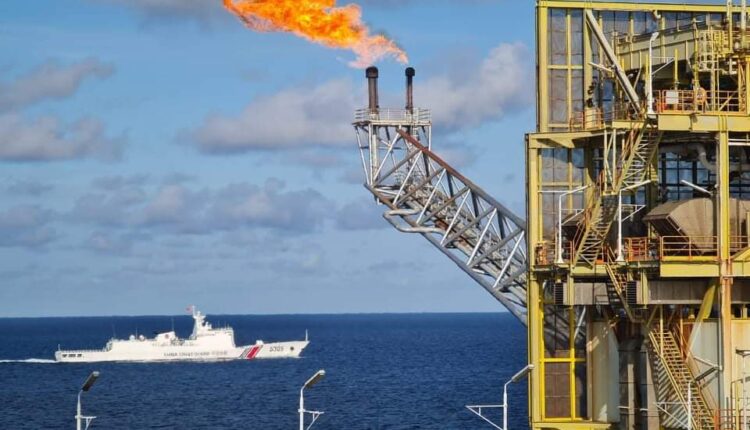Nine Chinese Coast Guard Vessels Patrolled Malaysian Waters from Jan-Sept 2024
According to the Asia Maritime Transparency Initiative (AMTI), at least one Chinese Coast Guard vessel was on station nearly every day in these waters for six consecutive weeks before being replaced by another vessel.


(DEFENCE SECURITY ASIA) – Between January 1 and September 30 this year, nine different Chinese Coast Guard vessels were reported to have conducted continuous patrols within Malaysia’s Exclusive Economic Zone (EEZ) and continental shelf waters.
According to the Asia Maritime Transparency Initiative (AMTI), at least one Chinese Coast Guard vessel was on station nearly every day in these waters for six consecutive weeks before being replaced by another vessel.
The presence of these vessels was tracked through Automatic Identification System (AIS) data, which monitored their movements throughout the year until September.
The AIS data revealed that the following vessels patrolled Malaysian waters: CCG 5403 (January 1–6), CCG 5303 (January 6–February 17), CCG 5403 (February 17–March 28), CCG 5103 (March 27–May 6), CCG 5205 (May 6–June 15), CCG 5101 (June 15–July 28), CCG 5102 (July 28–September 3), and CCG 5403 (September 3–30).
“Most of the Chinese Coast Guard vessels spent significant time patrolling the Luconia Shoals (Beting Patinggi Ali), located 80 nautical miles off the coast of Sarawak,” the AMTI report said.
“Several Chinese Coast Guard vessels also alternated patrols across the continental shelf areas between Malaysia, Indonesia, and Vietnam, particularly near Vietnamese oil and gas projects in Blocks 06-01, 12W, and 05-03, as well as Indonesia’s D-Alpha Block.”
The Luconia Shoals lie near key Malaysian oil and gas projects, many of which commenced operations just two years ago.
Last year alone, 25 new wells were drilled, resulting in 19 oil and gas discoveries with an estimated output of one billion barrels of oil equivalent (BOE).
The AMTI report highlighted that Chinese Coast Guard vessels frequently “visited” new oil and gas installations, sometimes positioning within just 1,000 meters of production platforms such as Timi, Kasawari, and Jerun.
The Kasawari Gas Field, a massive offshore project, is being developed by Malaysia’s national oil company, Petronas, within its EEZ waters in the South China Sea.
Petronas Carigali, a wholly-owned subsidiary of Petronas, is responsible for the field’s development and operations.

Discovered in November 2011, the Kasawari Gas Field is estimated to contain three trillion cubic feet (TCF) of extractable natural gas, set for commercial processing.
This discovery reinforces Malaysia’s standing as one of the world’s leading exporters of liquefied natural gas (LNG).
The field is expected to produce 900 million cubic feet of gas and 3.5 million barrels of condensate daily.
Gas from Kasawari will be transported via pipeline for processing at the Petronas LNG Complex in Bintulu, Sarawak.
Located in the South China Sea off the coast of Sarawak, the Kasawari field lies in Block SK316, about 200 km north of Bintulu, in waters 108 meters deep.

Despite the presence of Chinese Coast Guard patrols, Malaysia has not only continued its oil and gas activities in the contested waters but also ramped up efforts, according to the AMTI report.
This growing energy presence could trigger further pressure from Beijing.
“While China’s presence at Luconia Shoals is continuous, it doesn’t come close to matching the scale of activity farther north in the Spratly Islands, where Beijing has deployed dozens of coast guard and hundreds of militia ships to contest Philippine activities in disputed waters.
“However, with Malaysia’s expanding drilling and a potential reduction in China-Philippine tensions, Beijing could ratchet up the pressure on Malaysian hydrocarbon production,” said AMTI.
During a press conference in Vladivostok, Russia, last month, Prime Minister Datuk Seri Anwar Ibrahim emphasized Malaysia’s commitment to continuing its exploration activities in the South China Sea despite Beijing’s objections.

“China is our partner, but we must operate within our own waters to ensure we benefit, including from drilling within our maritime territories,” Anwar said.
“Although Beijing has protested, claiming the area as theirs, we have no choice but to proceed, as this is critical to our national economic survival.”
Beijing has reportedly sent diplomatic notes demanding Malaysia halt all oil and gas activities in the resource-rich waters off Sarawak, even though these areas lie well within Malaysia’s EEZ. — DSA



Comments are closed.